by Jessie Gillan
Creative Director at RoGallery.com
Poster art has always been an influential form of advertising in addition to an art form in its own right. Powerful images and bold colors were employed to capture attention and evoke the promise of someplace new and exotic, promoting an experience or adventure and how to get there. Today, they stand the test of time as stylized art and an investment for their style and strong visuals, and the artists that created the work.
Advertising for travel companies was a key component to getting people to consider and purchase tickets to new and exotic places-whether by train, ship, Zeppelin, or airplane. During the late 1800s until about 1950, posters, print ads, and brochures were the most common way for travel companies and agencies to reach their customers.
Today, travel posters from the late 1800s to the late 1970s are highly collectible for their dynamic design and range of artists and artistic styles. Created as advertisements, these posters were printed essentially as ephemera. Those that have stood the test of time are rare as they were never intended to last, but to be changed out whenever the next poster came along.
The designers/artists employed for creating these posters were charged with making the imagery strong and appealing, and for promoting a safe and magical experience. Images of children were often used to show the wonderment of travel through the eyes of a child looking out on distance lands, as illustrated in a 1964 poster for Grace Line Ocean Liners. Other common early travel poster motifs included a mythical goddess in robes representing a beacon and guardian of safety, or a beautiful and sometimes exotic woman beckoning from a distant island to create an allure for the adventure ahead.
In addition to these themes, early posters typically displayed the mode of travel much more prominently than those that followed, highlighting the amazing industrial and technological innovations at work-from a modern steamship with powerful smokestacks making it way on the sea, to a train steaming on the rails through the mountains, or an airplane taking off into blue skies and fluffy clouds.
One of the most prolific and sought-after travel poster artists is A. M. Cassandre (aka Adolphe Jean-Marie Mouron). Born in the Ukraine, Cassandre studied art in Paris at the famed Ecole des Beaux-Arts and Academie Julian, and was greatly inspired by Bauhaus, cubism, and surrealism. While he started work at a Parisian print house producing posters, he later set up his own advertising agency called Alliance Graphique. Cassandre’s poster of a large commercial steamship titled “L’Atlantique” from 1931 has one of the highest records set for a travel poster at auction at Christie’s in June of 2014, hammering down at 30,000 British Pounds, roughly $50,880 in U.S. Dollars.
The Depression and World War II slowed down the development of commercial leisure travel, and far fewer posters were turned out in the 1930s and early 1940s as a result. While commercial flights were still taking off, air travel was primarily for the wealthy-most people did not have the money they once had to travel. Those posters that were created by Jean Carlu, for example, took a more minimal or Bauhaus design look at travel. Jean Carlu came from a family of architects in France and was inspired by cubism throughout his graphic design career; he spent the years of World War II in the United States where he made both travel posters and posters for the war effort.
Following the war, travel posters created in the late 1940s and 1950s opted for more serene and inspirational views of landscapes and cityscapes of potential destinations. Many well-known artists got their start during this period by lending their art to publishers of travel posters. This period was a time for growth in the travel industry. Families were growing after the war and interest in space travel was afoot.
David Klein an American artist best known for his influential work in advertising, began incorporating an abstract style into his work that defined poster art of the period. In 1957, a TWA poster of New York City became a part of the permanent collection of the Museum of Modern Art in New York, contributing to the elevation of poster art to fine art. His works during this period defined the Jet Set style of the modern traveler. Klein won many excellence awards for his great design work for TWA from the Society of Illustrators.
Famously, Braniff Airlines recruited artists to design and illustrate their advertisements. In 1972, American sculptor Alexander Calder was chosen as the in-house artist in charge of creating designs on what was perhaps his largest canvas: the airplane itself. Different designs were created to denote the various planes or certain routes for Braniff, in effect creating flying advertisements, the ultimate statement in kinetic art. You can find television ads from this time as well featuring Andy Warhol and Salvador Dali praising the flight in Braniff planes.
Today, travel posters at auction have brought, in some cases, over $50,000; these posters tend to be those from the rarer period of the 1930s; posters from the 1960s and 1970s are easier to find and more reasonably priced at $200 – $500. They are purchased by both collectors and individuals looking to capture the dream of new and far away lands, where anyone can become an explorer and see sites unknown. Purchasing one of these vintage posters brings that sense to your home or office every day.
There are a few things to look for when considering purchasing a travel poster to build your collection. First is condition. Posters were never created to be stored or hung properly so frequently they will have damage from tape or pinholes in the corners.
Second is the physical piece itself. Check the size of the paper, printing process, and weight of the paper-if a lithograph or silkscreen is on higher quality paper then it is likely from the earlier period, whereas thinner and cheaper paper was used as quantities and printing styles changed in later years. Generally, the size of a travel poster should be somewhere around 25 to 28 inches wide and 35 to 40 inches tall. Today, there are many ways of reproducing these images so what appears to be a deal may in actuality be a recently produced reproduction.
Last and most important is to find a travel poster that speaks to you, something that stands out from the crowd or is from a place that you’ve been to and loved, or always wanted to go. Start your own expedition with inspiration that only comes from a great piece of art!
RoGallery.com is an established auction house, art dealer and gallery located in the New York City area. In business for over 35 years, RoGallery actively buys and sells fine art and frequently holds online live art auctions and timed auctions. For more information go to www.rogallery.com


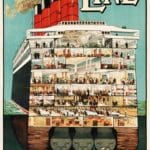
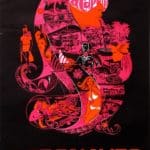

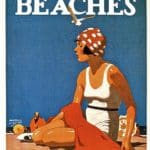

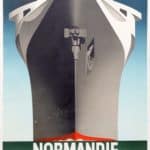

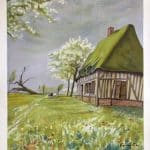

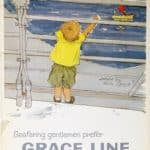



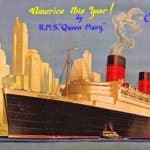



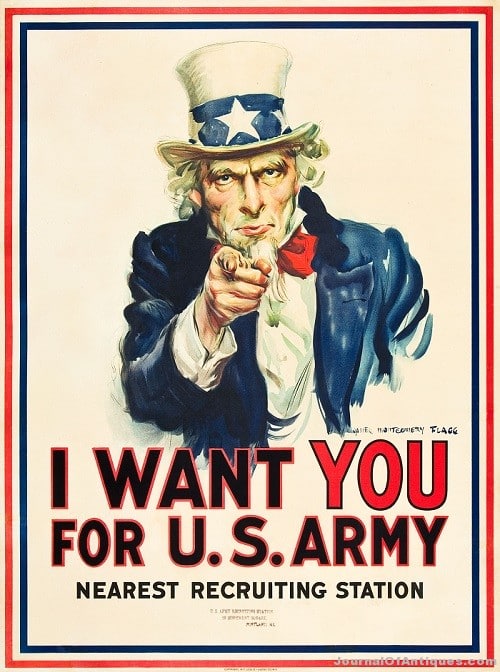


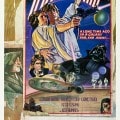


Pingback: Selling the Dream: The History of the Travel Poster - Rjanti Queattic